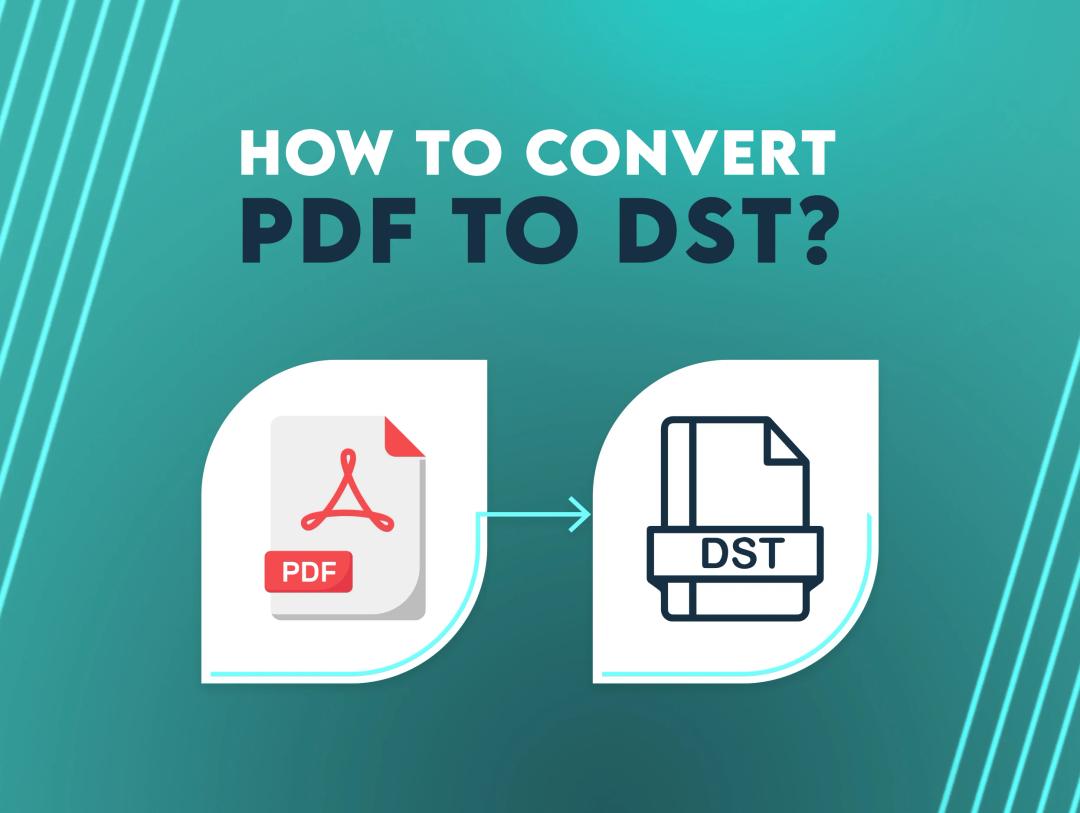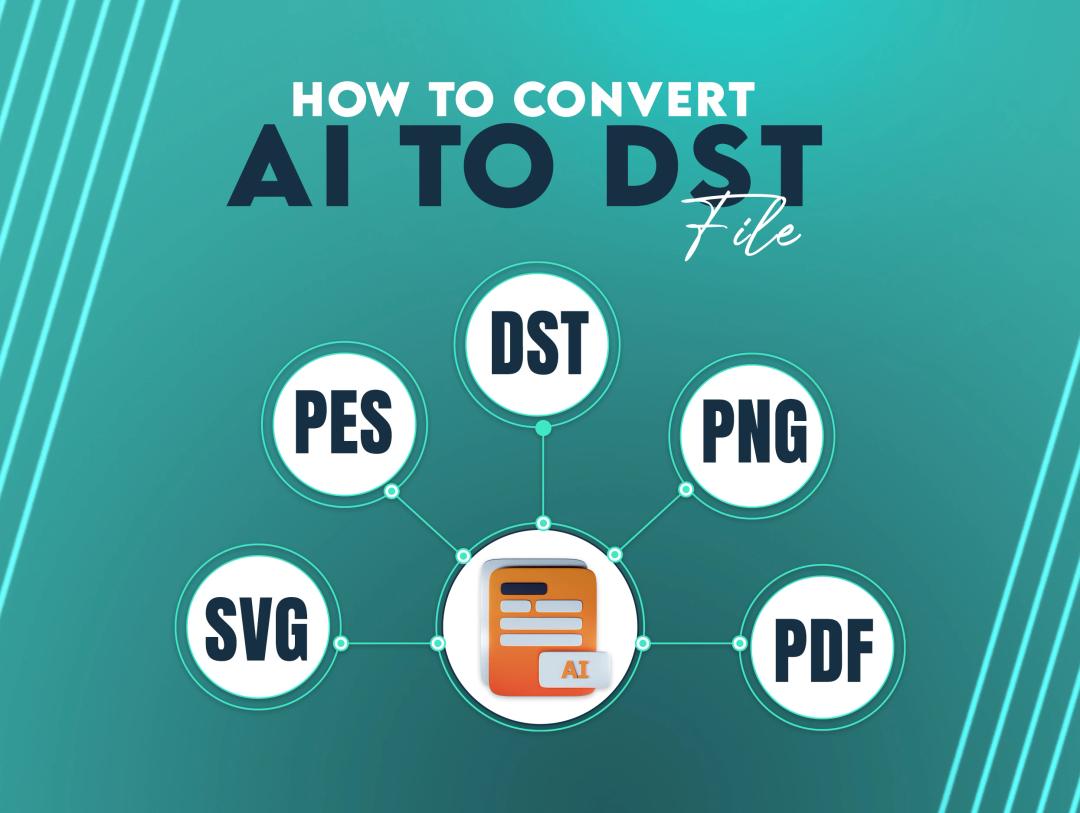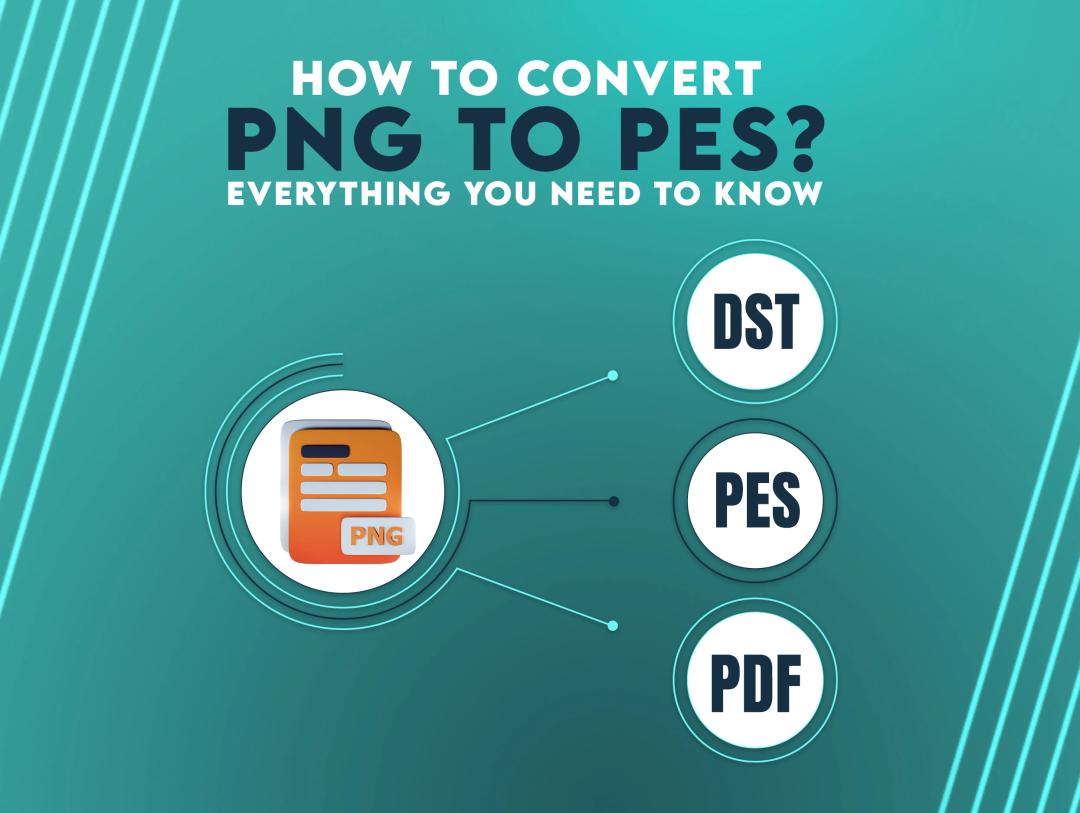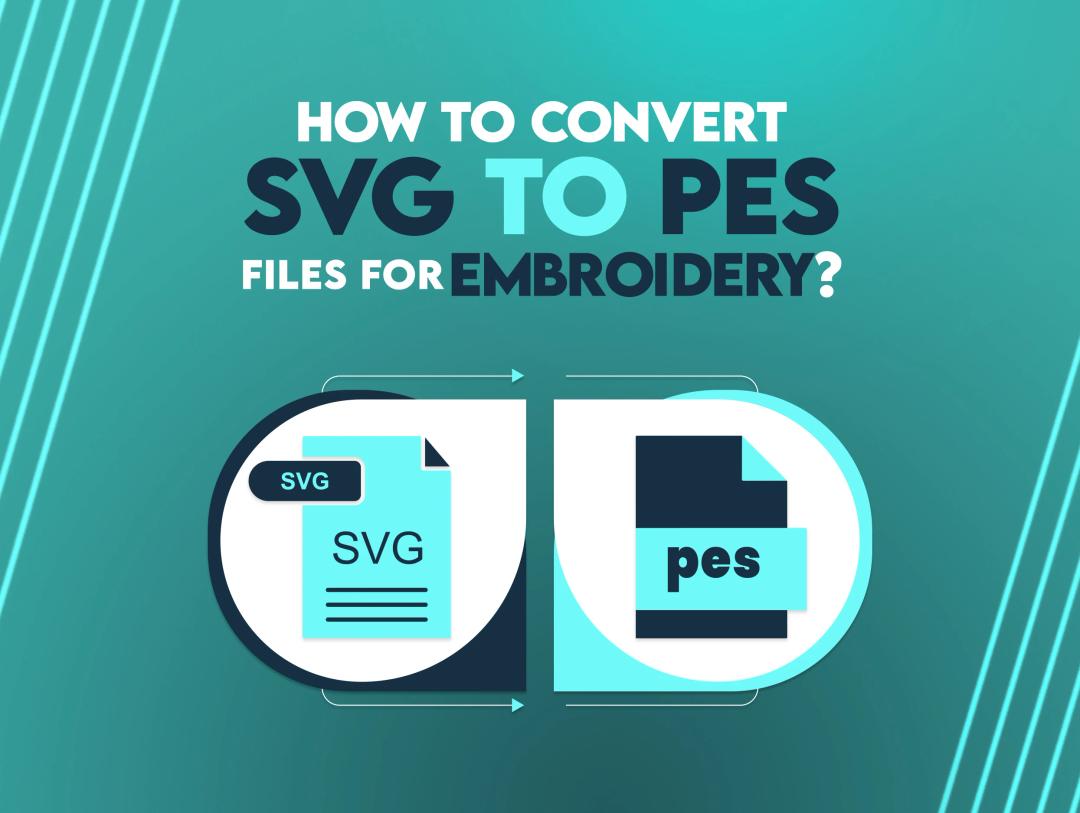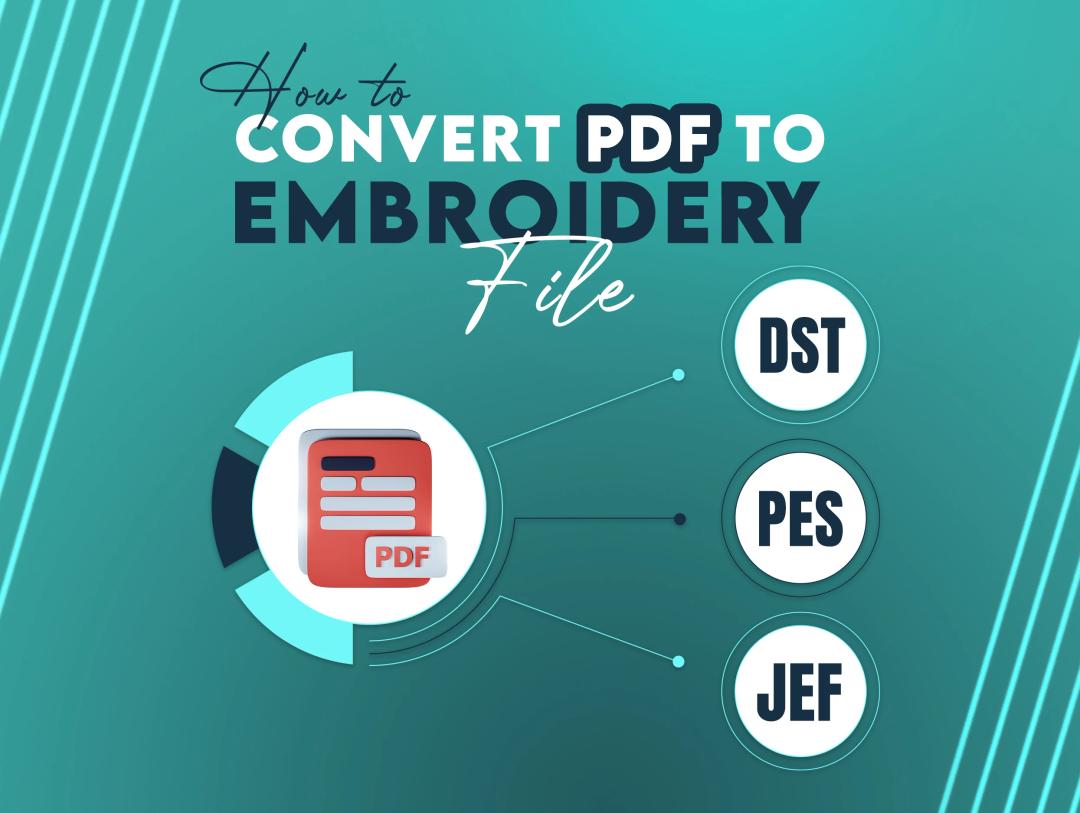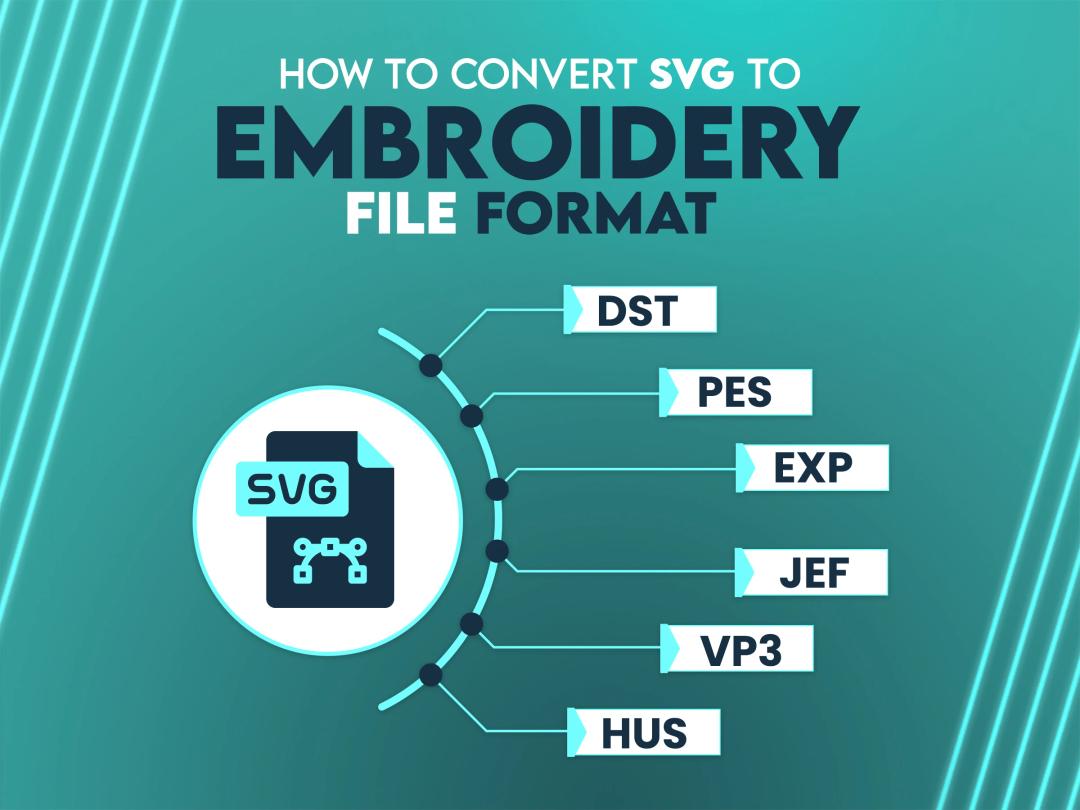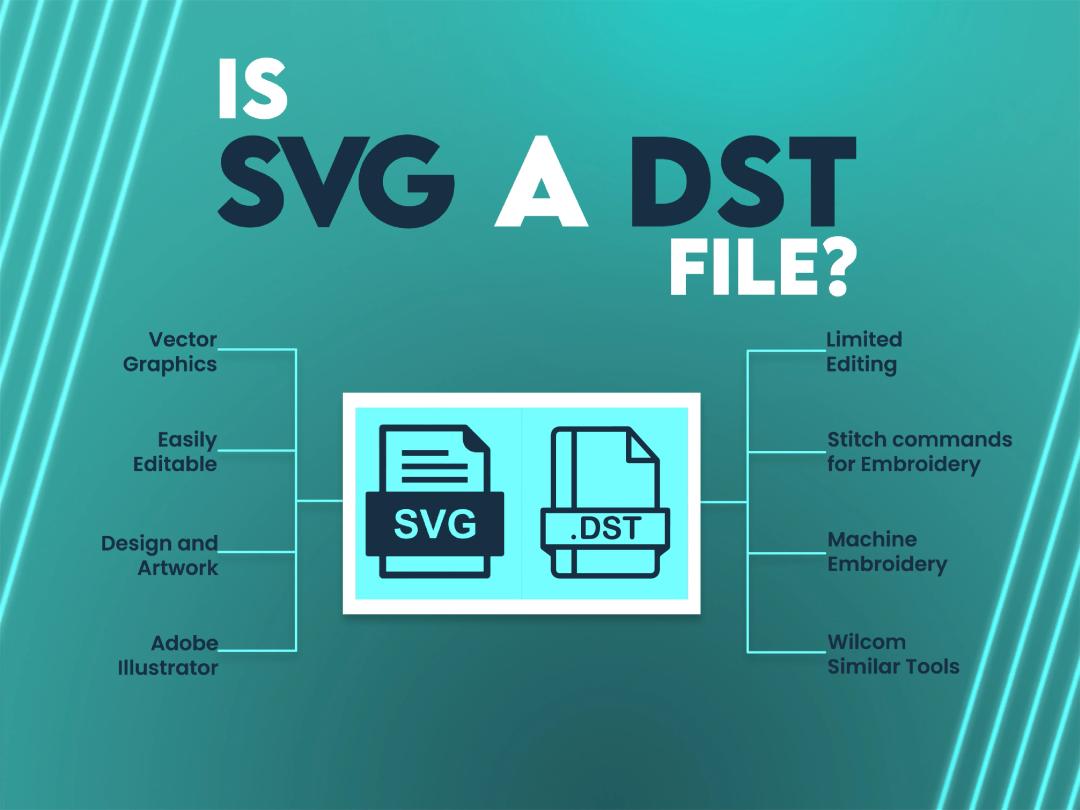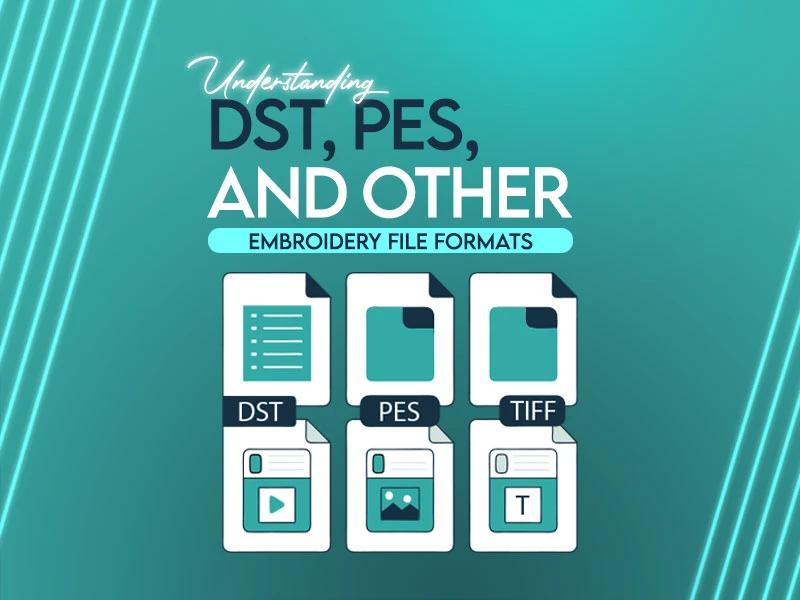
In the world of embroidery, understand your file formats is as important as picking the right needle or thread. Whether you’re a hobbyist working on your first cap or a business owner managing mass production and don't know about embroidery files, no worries, we bring this guide for you. As an embroiderer, you need to understand embroidery files like DST, PES and others that will save your time, money and frustration.
At True Digitizing, we help turn your art into embroidery designs and we believe that grasping the basics of file formats empowers you to make smart decisions. So let’s dive into what these formats really mean and how they affect your embroidery projects. Here we go.
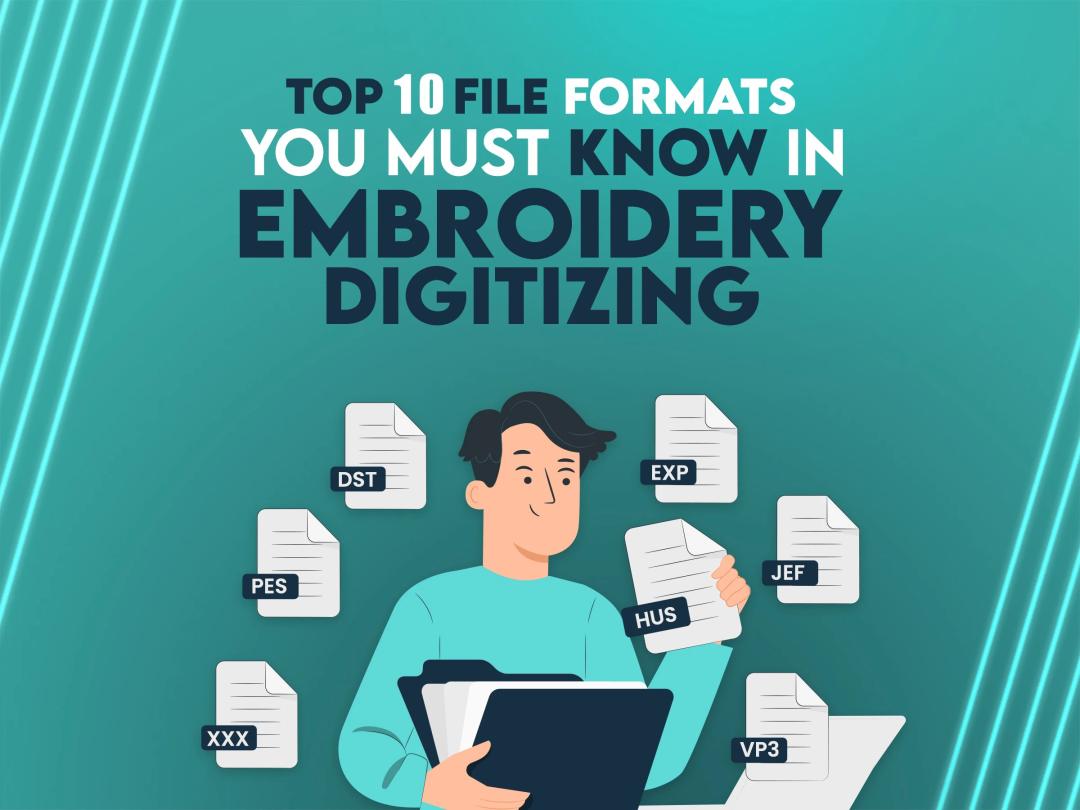
If you are an embroiderer, knowing about embroidery file formats is very important because once you put your embroidery file in the wrong format, your final results might be nightmares for you. You’ve probably noticed all the different file formats out there. It can feel like a puzzle, especially when you’re trying to get your machine to stitch a cool logo or a special gift design. Choosing the right file format is most important to make sure your embroidery machine works smoothly. Today, we are going to walk through the top 10 file formats you need to know. Explain why there are so many and share some informative tips to keep your projects on track. Without any delay, let’s start the blog post.
